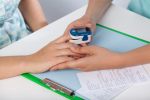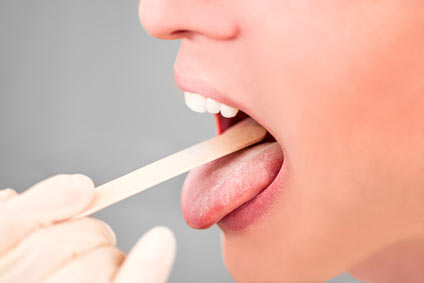Sudden Infant Death Syndrome and Apnea Breathing Episodes
How to Prevent Sudden Infant Death Syndrome

Sudden infant death syndrome (SIDS) is an unexplained and fatal syndrome that affects babies under 1 year of age.
SIDS is a mystery for doctors and scientists, because they don't know what are the causes responsible for the death of these infants.
Before learning how to prevent SIDS, you need to know what are the risk factors and the causes of this syndrome.
Causes of Sudden Infant Death Syndrome
- age of the infant (between 2 and 6 month)
- male gender
- premature birth
- prenatal maternal smoking or drug addiction
- congenital heart or lung abnormalities
- abnormalities of the upper airway or the face
- viral or bacterial infections
- seizure
- immature cardiorespiratory control mechanisms
- sleep deprivation
- infants sleeping on their stomach
- high room temperature
- mothers who are smoking in the same room with their infant
Smoking during pregnancy and SIDS
Infants whose mothers smoked during pregnancy are more likely to develop both SIDS and asthma than are infants whose mothers did not smoke during pregnancy.
Sleep Apnea and Sudden Infant Death Syndrome
When you look at newborn babies, you will see that they often have pauses in breathing during sleep. These pauses are a normal respiratory behavior, because the lungs are trying to find their rhythm in the first months after birth.
The real problem appear when frequent apnea events are not normal.
Now you will probably ask yourself when an apnea event is abnormal in infants? The answer is not so simple.
When you see such a variation in breathing during the sleep of your infant, you will wonder how can you find an abnormal apnea?
Scientists believe that apnea events of more than 20 seconds during a baby sleep will be considered abnormal apnea. The child who shows this kind of apnea during first months of life need to be carefully watched by parents and doctors.
Preventive Solutions for SIDS
There are many preventive measures that can protect your baby from SIDS, according to this video:
Here are the most common ways to prevent SIDS:
- keeping a close observation of the baby
- breastfeeding
- always putting the baby to sleep on its back or side, and never on its stomach.
- avoid smoking in the home and near the baby.
- removing fluffy bedding and toys who can suffocate the baby
- using a firm bedding or a pacifier
- learning CPR (cardiopulmonary resuscitation)
- using alarm devices that can detect when a baby stops breathing (apnea monitor)
- talking with a pediatric sleep specialist if you think your baby may be at risk of SIDS.
Home › Sleep Apnea in Children › Sudden Infant Death Syndrome







